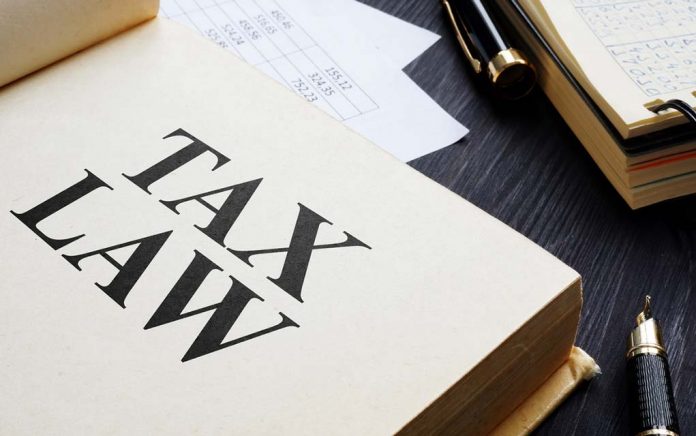
Come upon hard times? It happens to the best of us. While you were counting on that huge tax refund to go on vacation or even pay off some debt, it never came. Come to find out the entire refund was garnished by the IRS through the Department of Education. Now what? Under special circumstances, you can have that money returned. Find out how.
There Must Be a Viable Reason
Most people have their wages and income tax refunds garnished for a viable reason — they simply owe on their student loans and haven’t attempted to pay them back. When that’s the case, the government is going to pursue collection efforts by any means possible, including garnishing wages, taxes and other assets.
But some specialized situations may be the exceptions to student loan garnishment, such as:
- Extreme medical or financial hardship.
- An active bankruptcy proceeding or a recently filed loan that was discharged.
- Student loan has been paid in full.
- There was an error with personal info including the social security number.
- The debt belongs to a spouse or ex-spouse, and you have not filed jointly.
- You have entered and maintained a valid payment arrangement, and it’s current.
- You are disabled.
If any of these apply, inquire with the Treasury Offset Program at 800-304-3107 to obtain the student loan tax offset hardship refund form and start the refund process.
Clear up the Mistakes
It can take several weeks to clear up any discrepancies and get your refund back. In the meantime, work with the student loan provider to clear up the mistake. Contact them to have proof sent to you and the Treasury Department regarding the exact student loan balance, proof of non-delinquency or a notice that the loan has been paid off in full. For medical hardships, get proof of disability from a doctor.
Protect Your Assets
Moving forward, make sure this doesn’t happen to you again. Not only can the government take a refund, they can collect in other ways by:
- Garnishing work wages.
- Seizing personal property from your home and business property.
- Placing a lien on home or land.
- Going after bank savings and checking account funds.
Once a judgement is issued, they have the enforcement authority to go after assets to repay the debt. The only exception may be if you receive SSI disability or deposit funds under someone else’s bank account.
Prevent It From Happening Again
Don’t hesitate to act on a letter received by the IRS or state treasury department. Try to resolve the issues before they go after your tax refund. Prevent a garnishment from reoccurring by staying current on student loans and other debts such as car loans and credit cards. Any type of debt in default can be awarded a judgment to the plaintiff, and they can attack your assets.
Working on paying off debt owed is the grand goal. In the meantime, if you have a special circumstance such as a disability or the refund was garnished erroneously, you should be able to get it back.
Copyright 2019, DegreeAuthorities.com








